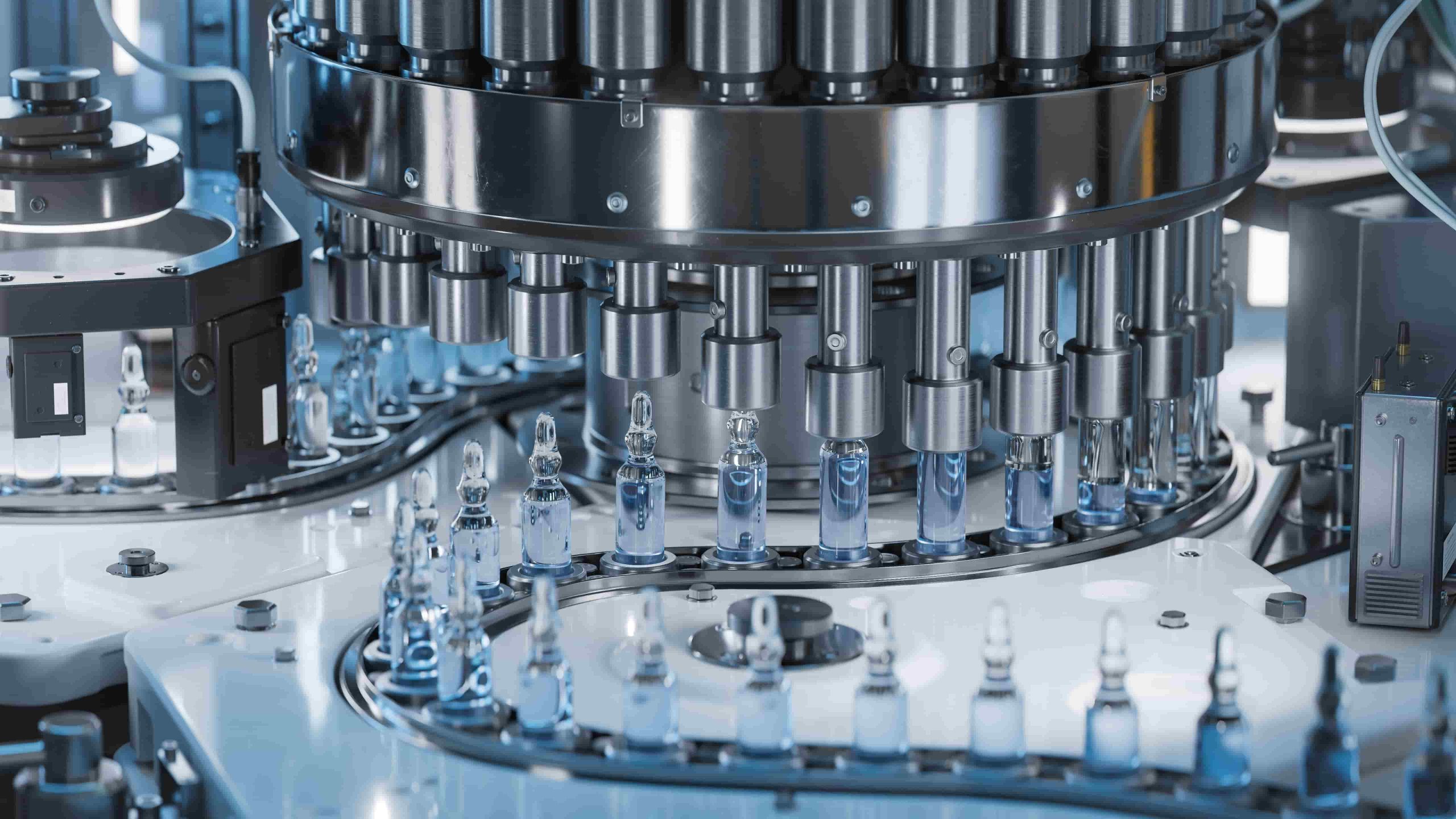Medical Prototyping
Medical prototyping is a critical process that allows engineers, designers, and healthcare professionals to conceptualise, create and test medical devices, instruments and technologies before they are introduced into the market. It significantly speeds up the process of bringing new medical solutions from concept to reality. By creating functional prototypes, developers can quickly identify design flaws and make necessary adjustments, ensuring that the final product is both effective and safe for patient use.
Through prototyping, designers can evaluate the look, feel and functionality of medical devices in the early stages of development. This early testing helps in refining product designs better to meet the needs of patients and healthcare providers, ultimately enhancing patient care. It also
reduces the costs associated with later-stage modifications. This efficiency not only saves time but also minimises the financial risks involved in developing new medical technologies.
Medical prototyping encourages a collaborative approach to healthcare innovation, bringing together multidisciplinary teams to solve complex medical challenges. This collaboration fosters creativity and leads to breakthroughs in medical technology that can transform patient care.

